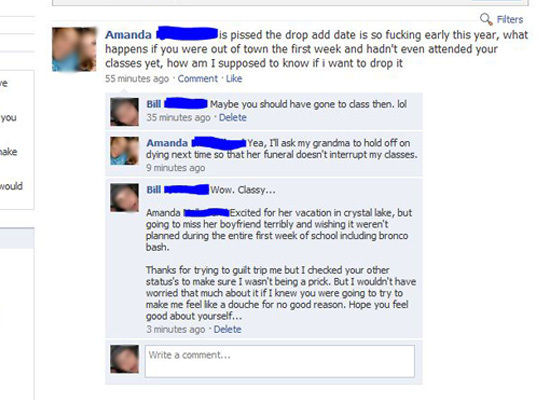Been thinking about the squirrel meme lately. It started in the pixar movie UP! A dog is given a device that enables him to speak English. We like him and he wants to please, but every time he sees a squirrel he interrupts himself and completely loses focus. The train or thread of the discussion is lost.
A popular entertainer noted the corporate media tendency to give eccentric or ridiculous behavior way too much attention - moving from distraction to distraction rather than exploring any topic or issue in a meaningful way (it is here at 4:15 in). He compared us/ the media to the dog.
As a teacher, I've dealt with bats, a cobra, a wild dog and more insects than I can recall in the classroom. No real challenge to maintaining decorum; however, those with ADHD/ADD, autism spectrum disorder, and myself can get distracted by certain unnecessary or inappropriate images, behaviors and activities. These include but are not limited to:
- Walking in to class late while holding an uninterrupted conversation not related to the class.
- texting
- walking in late holding a fresh coffee.
- being consistently late (classic passive aggressive behavior - sends clear message to teacher and class)
- Sleeping in class.
- sexually inappropriate behavior (groping, disrobing, whispering, and any exchange of bodily fluid of any kind).
- ?
SO if I shout squirrel in class - I'm using a meme to express my distraction and loss of focus due to inappropriate behaviors that I can't train myself to ignore.
That will work, if we all share the same values, but do we? To what extent?
This is culturally laden. Blowing ones nose in Taiwan would send the class into hysterics. BUT I could belch really loud and no one cared at all. I used to enjoy that.
What behaviors should I add to the list?
image found at http://filesll.fluxstatic.com/01112D4701DE4E26000710FCFFFF/TN1/Jpg/B-1008/AR590x590,Resize/634200684000000000


